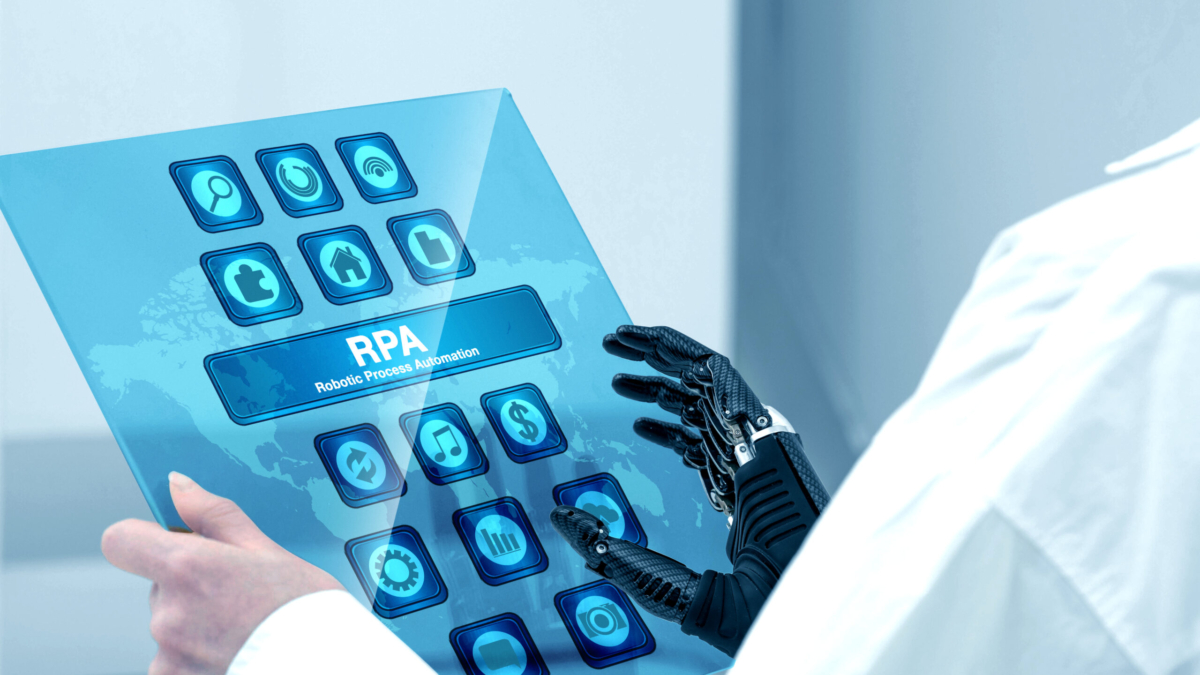The Robotic Process Automation (RPA) landscape is evolving beyond basic task automation. As we move through 2025, we’re entering an era where business users — not just developers — are empowered to build automations through low-code/no-code platforms. This shift, driven by the rise of citizen developers, is accelerating digital transformation across industries.
From IT-Led to Business-Driven Automation
Traditionally, RPA deployments relied heavily on:
- Complex scripting and API integrations
- Specialized robotic operating systems (ROS)
- Dedicated IT teams managing orchestration engines
Today, however, the demand for rapid, domain-specific workflow automation is leading to a rise in visual RPA development environments, which include:
- Drag-and-drop interfaces
- Pre-built connectors and templates
- Intuitive, code-free tools for process owners and analysts
This evolution is reducing reliance on centralized IT and empowering business users to take ownership of automation.
The Rise of Citizen Developers
Citizen developers — functional experts, analysts, and business users — now play a critical role in automating:
- Tactical, day-to-day tasks
- Department-specific workflows
- Long-tail business processes often overlooked by traditional IT teams
Benefits of this model include:
- Faster deployment cycles
- Increased operational efficiency
- Greater alignment between business logic and automation design
While core IT remains responsible for enterprise-grade integrations (e.g., SAP S/4HANA, Salesforce), citizen-led automation reduces bottlenecks and speeds time-to-value.
Federated Automation: A Hybrid Approach
Organizations are adopting a federated automation model that blends:
- Centralized governance and control (via IT)
- Decentralized execution (via business units)
This ensures the agility of distributed development, while maintaining:
- Security and access controls
- Version control and change management
- Policy enforcement and audit readiness
Many enterprises now use centralized RPA control towers and governance tools (like ELK stack integrations and AI-based compliance assistants) to oversee citizen-developed bots.
Driving Bottom-Up Innovation
Empowering business users fosters a culture of continuous improvement:
- Users can identify and automate micro-processes within their day-to-day operations
- These small-scale automations contribute significantly to hyperautomation goals
- Business logic is translated directly into bots, reducing development errors and revisions
This bottom-up innovation taps into a rich pool of untapped automation opportunities.
Cognitive Capabilities Meet Low-Code Platforms
Modern RPA platforms are integrating AI and ML capabilities directly into their low-code environments:
- Intelligent Document Processing (IDP) enables automation of unstructured data extraction
- Conversational AI frameworks allow users to build virtual assistants for customer and employee interactions
- Integration with RESTful AI/ML services extends automation into knowledge-driven, decision-heavy processes
This cognitive integration expands the scope of what business users can automate — moving from repetitive tasks to intelligent workflows.
Key Components of a Scalable RPA Strategy in 2025
- User-friendly, low-code RPA tools for business users
- Governance frameworks with role-based access, credential vaulting, and bot lifecycle management
- AI-augmented features like IDP, ML analytics, and NLP for smarter bots
- Federated development models blending IT governance with business-led execution
- Centralized monitoring and compliance tools for stability and security
Conclusion: The Future Is Federated, Intelligent, and Business-Led
The future of RPA lies in democratizing automation through low-code platforms and embedding cognitive technologies. By enabling business users to participate in automation efforts — without sacrificing governance or security — organizations can:
- Accelerate digital transformation
- Reduce IT backlogs
- Achieve enterprise-wide automation at scale
- Improve resilience, adaptability, and innovation
In 2025 and beyond, citizen-led intelligent automation will be the foundation of hyperautomated enterprises.

